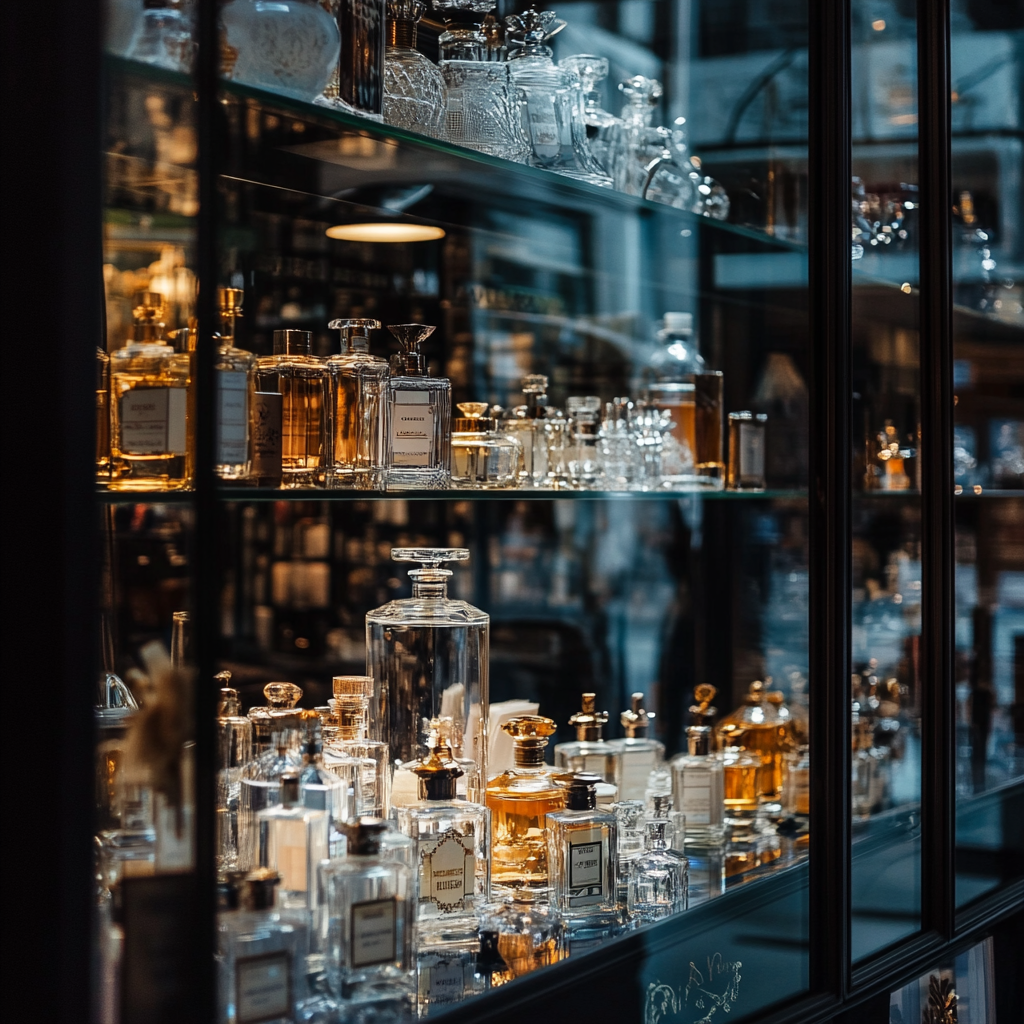The idea of creating a perfume at home may seem daunting, but with the right guidance, it’s not only possible—it can be an exciting and deeply personal process. Crafting your own fragrance allows you to experiment with scents that resonate with your unique style and personality. Whether you want a signature scent or simply enjoy the creative challenge, making your own perfume at home is a rewarding project. The purpose of this article is to explore whether it’s realistic to create your own fragrance from scratch and what materials, tools, and steps you’ll need to make it happen.
Essential Components for Creating Perfume
At the heart of any perfume are the key components that form its structure: essential oils, alcohol, and distilled water. These ingredients are the foundation of your fragrance and will determine how the scent smells, evolves, and lingers. Essential oils are the building blocks of your perfume and can be sourced from flowers, fruits, herbs, spices, and woods. Each essential oil brings a distinct aroma, contributing to different layers of the perfume composition.
Understanding the role of top, middle, and base notes is crucial when crafting your own perfume. Top notes are the initial scents you smell when the perfume is applied, and they tend to be light and fresh, such as citrus or herbaceous oils. Middle notes, also known as heart notes, emerge as the top notes fade and form the core of the fragrance. These are often florals or spices, such as rose or jasmine, and they give the perfume its personality. Finally, base notes provide depth and longevity, appearing as the middle notes begin to dissipate. Common base notes include sandalwood, patchouli, or vanilla, which give the fragrance its lasting warmth.
In addition to these key ingredients, alcohol acts as the carrier for the fragrance, helping to dilute the essential oils and allowing the scent to develop fully over time. Perfumer’s alcohol or high-proof ethanol is often recommended for homemade perfumes, as it evaporates quickly and leaves the scent behind. Distilled water is also used to soften the composition and make it more wearable, ensuring that the perfume isn’t too overpowering.
Tools and Materials for Making Perfume at Home
To successfully create perfume at home, you’ll need a few specialized tools to measure, mix, and store your ingredients. The first essential tool is a set of pipettes or droppers, which allow you to accurately measure small amounts of essential oils and alcohol. Precision is important in perfumery, as even a few extra drops can significantly alter the balance of a fragrance.
Next, you’ll need glass bottles or vials to store your perfume. Since essential oils can interact with plastic and degrade over time, it’s important to use glass containers—preferably dark glass, which helps protect the oils from light exposure that could spoil the scent. Amber or cobalt blue bottles are ideal for storing your perfume once it’s mixed and ready to rest.
Another necessary item is a graduated cylinder or measuring beaker. This will help you accurately measure the amounts of alcohol, water, and oils you use. Consistent measurements are key to ensuring that your perfume maintains its desired concentration and scent profile.
As for where to source your ingredients, many online retailers specialize in providing high-quality essential oils and perfumer’s alcohol. It’s important to choose reputable suppliers that guarantee 100% pure and natural oils, as lower-quality or diluted oils can negatively affect the final product. Some local health stores or specialty markets may also offer essential oils and distillation materials, but purchasing from established perfumery suppliers ensures that you’re working with the best materials available.
Step-by-Step Guide to Creating a Perfume
To create your own perfume at home, it’s essential to approach the process with a blend of creativity and precision. Here’s a step-by-step guide to help you get started.
- Choosing Your Ingredients: Begin by selecting the notes you’d like to include in your perfume. Start by choosing top, middle, and base notes that complement each other. For example, you might pair fresh bergamot (top) with elegant rose (middle) and earthy patchouli (base). Consider how these notes will work together, and try to create a balance between fresh, floral, spicy, or woody elements.
- Measuring and Blending: Using your pipettes, measure out the essential oils for each note, starting with the base, followed by the middle, and finally the top notes. A common ratio for beginners is 20% top notes, 50% middle notes, and 30% base notes. Add these oils to a glass bottle and gently swirl the mixture to combine.
- Creating the Perfume Base: Once your oils are blended, it’s time to add the alcohol. Generally, perfumes contain about 80% alcohol to 20% essential oils, depending on how strong you want the scent to be. Carefully measure out the alcohol and add it to your oil mixture. Swirl the bottle to combine the ingredients thoroughly.
- Letting It Rest: After the initial mixing, the perfume needs to rest and mature. Seal the bottle tightly and store it in a cool, dark place for at least two weeks, allowing the oils to meld together and the alcohol to evaporate slightly. This resting period is crucial, as it helps the fragrance develop complexity and ensures that the different layers will unfold smoothly when applied to the skin.
Tips for Choosing and Combining Fragrance Notes
The art of creating a balanced perfume lies in understanding the harmony of different notes. When selecting notes, it’s important to think about how they will interact with each other and how they will evolve over time on the skin. For beginners, a good rule of thumb is to limit yourself to three to five essential oils, which makes it easier to achieve a cohesive blend. Start with a few familiar notes that you know work well together, such as citrus and florals, or woods and spices, before experimenting with more complex combinations.
It’s also crucial to consider the concept of the fragrance pyramid when creating your perfume. The pyramid represents the relationship between the top, middle, and base notes. Top notes are what people notice first, so they should be light, uplifting, and not too heavy. Middle notes form the heart of the fragrance and should be well-rounded and pleasant, while base notes provide depth and longevity, anchoring the scent for a lasting impression.
Experimentation is key to developing your unique scent, but it’s also important to keep balance in mind. Too many strong notes can clash and overwhelm the senses. To avoid this, choose one dominant note and let the others support it. For example, if jasmine is your primary middle note, pair it with lighter top and base notes that enhance its elegance without overpowering it, such as lemon or sandalwood.
Also, we advise you to read our other article, where we talked about how to choose a perfume as a gift.
FAQ
The key components of a perfume are essential oils, alcohol, and distilled water, which determine how the scent smells, evolves, and lingers.
Top notes are the initial fresh scents, middle notes form the core with florals or spices, and base notes provide depth and longevity, giving the fragrance warmth.
Alcohol acts as a carrier, diluting the essential oils and helping the scent develop over time while quickly evaporating to leave the fragrance behind.

